Art World
An Explosive Netflix Documentary About the $500 Million Isabella Stewart Gardner Heist Names the Gangsters Who May Have Done It
The four-part series includes never-before-seen crime-scene photographs and other clues even the FBI never saw.
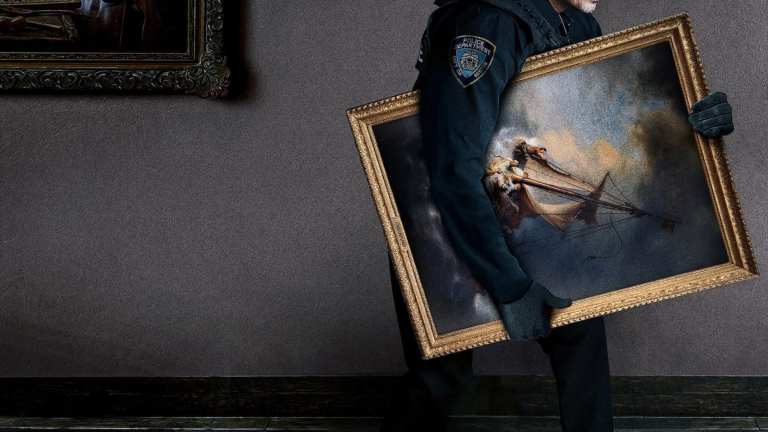
The four-part series includes never-before-seen crime-scene photographs and other clues even the FBI never saw.

by
Sarah Cascone

“This was a solvable crime,” Colin Barnicle, director of the new Netflix documentary series This Is a Robbery: The World’s Biggest Art Heist, told Artnet News.
But more than three decades after the most expensive art theft in U.S. history, Boston’s Isabella Stewart Gardner Museum’s stolen paintings are still missing, with their empty frames hanging on the walls of the Venetian-style palazzo.
Gone since the theft are $500 million worth of masterpieces by the likes of Rembrandt van Rijn, Johannes Vermeer, Edgar Degas, and Édouard Manet.
Along with his brother Nick, an executive producer on the project, Barnicle spent seven years investigating the infamous break-in, which has inspired everything from podcasts to books—both fiction and nonfiction—to an augmented reality art project.
“It took a long time,” he said. “We vetted every single theory, from the insane ones to the more probable ones, to find what we thought was the truest version of the event.”
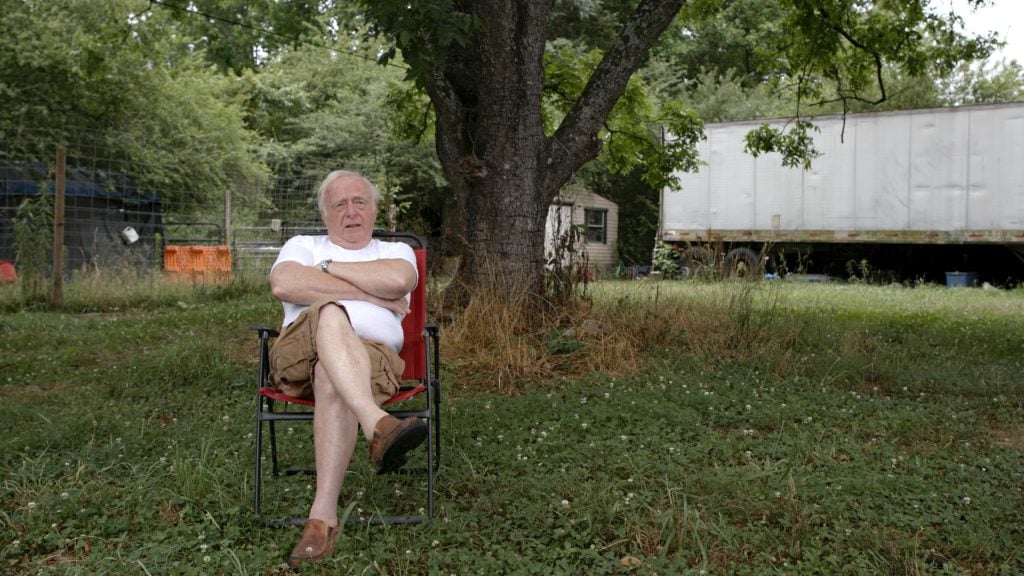
Art thief Myles Connor, who was in jail at the time of the Isabelle Stewart Gardner heist, in This is a Robbery: The World’s Biggest Art Heist. Courtesy of Netflix ©2021.
Frustratingly, that “truest version” doesn’t offer the ending we all want to see: the paintings safely home at the museum.
But This Is a Robbery remains a satisfying entry in the ever-popular true crime genre, especially for those Gardner obsessives who have devoured every possible clue as to the paintings’ fate over the past 30-plus years.
The four-part series includes never-before-seen crime-scene photographs, and the first published photograph of Bobby Guarente, one of several Boston-area organized crime figures suspected of orchestrating the crime.
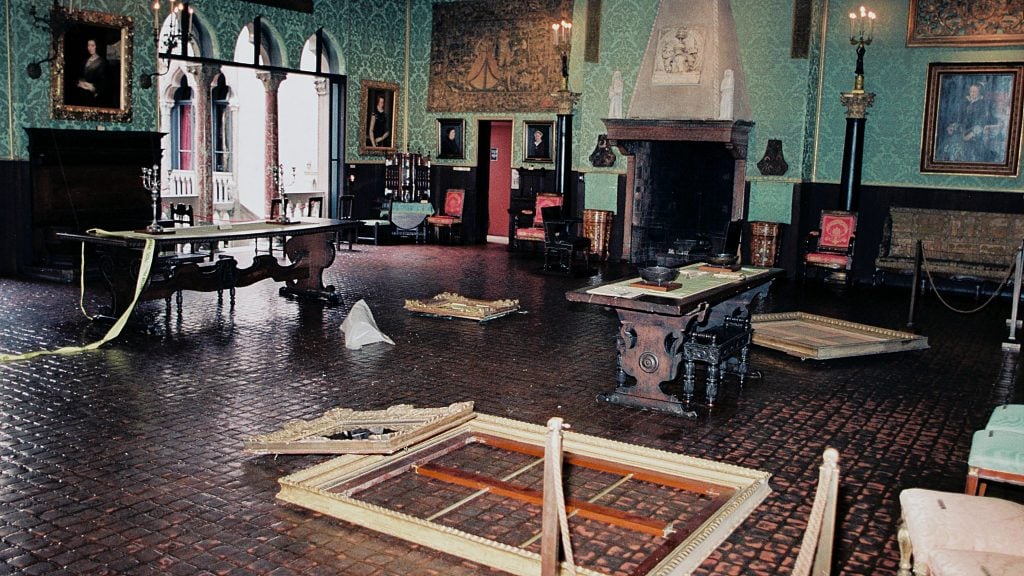
A crime scene photograph from the Isabelle Stewart Gardner heist, in This is a Robbery: The World’s Biggest Art Heist. Courtesy of Netflix ©2021.
“Not even the FBI had one,” Barnicle said. “We got it through a family member who was very happy to help out, but had actually never heard that her loved one was linked to the Gardner museum robbery.”
“It just goes to show that these [artworks] could be in the home of one of the suspects and nobody would know about it,” he added. “I really think that the smaller works do have a very good chance of still being around, even just on someone’s wall.”
Barnicle is less optimistic about the fate of the museum’s most famous, instantly recognizable paintings—Rembrandt’s only seascape, The Storm in the Sea of Galilee, and Vermeer’s The Concert.
Cut from their frames, the paintings were likely rolled up by the thieves, almost certainly damaging fragile centuries-old paint. And it is difficult to imagine the canvases being stored under optimal conservation conditions in the years since.
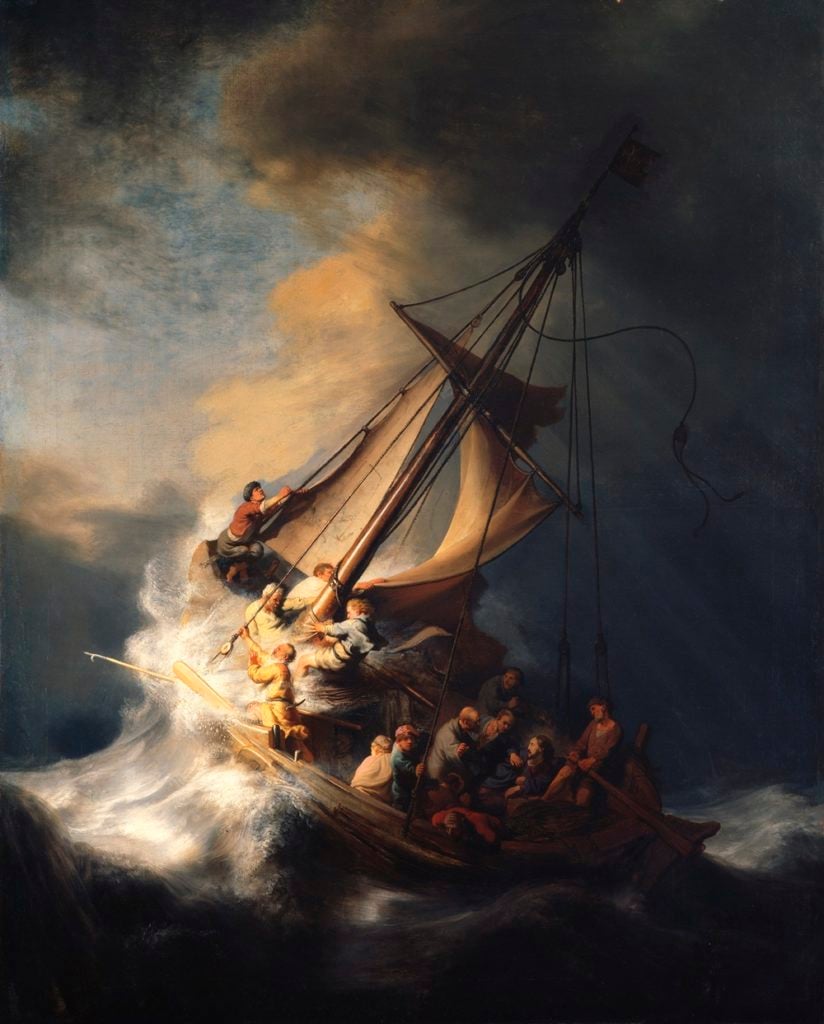
Rembrandt van Rijn, Storm on the Sea of Galilee (1633). Courtesy Isabella Stewart Gardner Museum.
“We heard at one point they were in a basement and they got flooded and ruined,” Barnicle said. “I don’t hold out much hope for the larger ones, honestly.”
But after sifting through all the clues and theories, Barnicle does believe he has identified the men who were likely responsible for the robbery.
Despite rumors that the paintings are in Ireland, Barnicle rejects theories involving the IRA.
“They wouldn’t have wanted the art,” he said. “They were working on a peace treaty. The U.S. was privy to those talks, and it would have been a real bad move.”
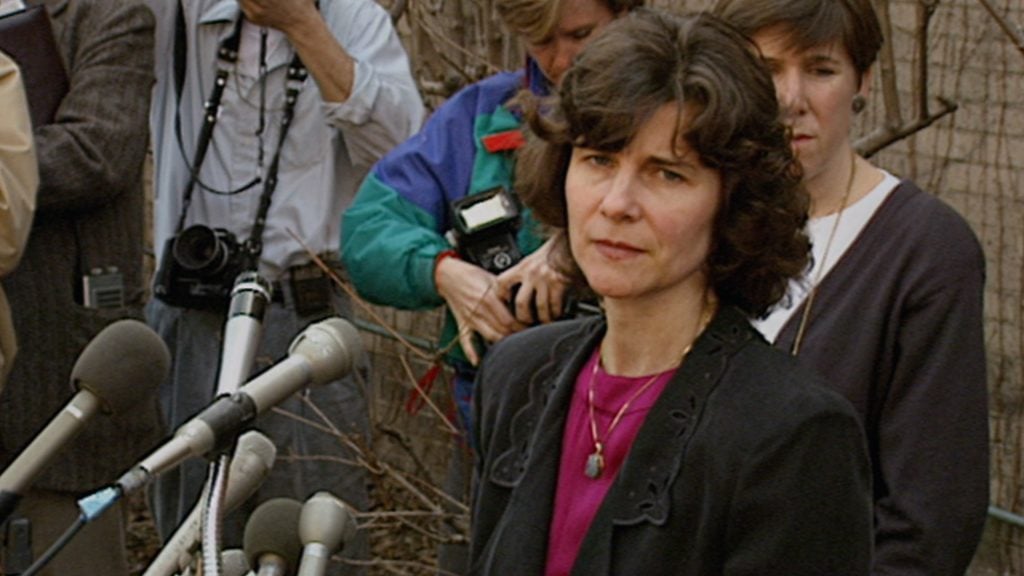
Anne Hawley, then director of Boston’s Isabella Stewart Gardner Museum at the time of the heist, in This is a Robbery: The World’s Biggest Art Heist. Courtesy of Netflix ©2021.
Instead, the documentary points the finger at Boston crime boss Carmello Merlino, thought to have orchestrated the heist on behalf of Guarente and Bobby Donati.
One of the two fake cops who broke into the museum that morning—uttering the series’ title line, “this is a robbery”—was almost certainly George Reissfelder, according to the film.
The other, Barnicle said, was probably one of several associates named in the documentary: David Turner, Charlie Pappas, or Lenny DiMuzio. (Turner is still living, but the FBI said in 2013 that it knew who the robbers were, and that both men were dead.)
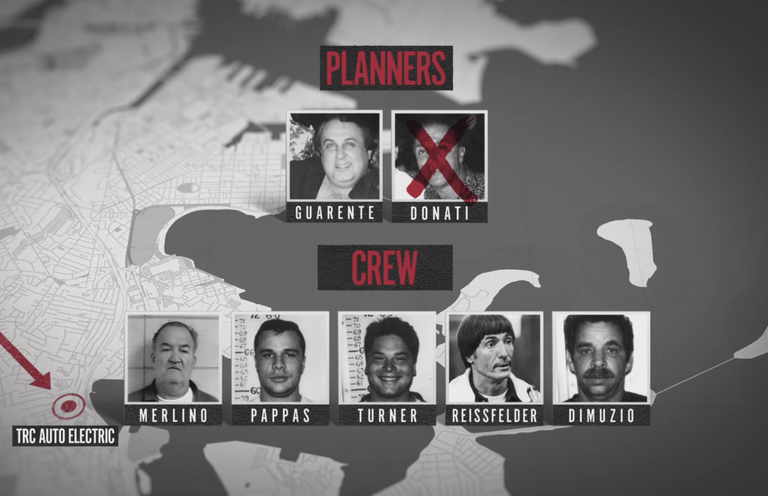
Persons of interest in the Isabelle Stewart Gardner heist, as seen in This is a Robbery: The World’s Biggest Art Heist. Courtesy of Netflix ©2021.
But definitively identifying the thieves doesn’t bring back the paintings—and most of the men linked to the crime have been dead for years, if not decades.
Sadly, the trail seems to run cold with Bobby Gentile, who is suspected of having come into possession of the works before his close friend Guarente died of cancer. But an FBI search of his property came up empty—aside from a handwritten list of the paintings and their black market value—and Gentile has continued to deny knowledge of their whereabouts, even on his apparent death bed.
Other possible sightings of the paintings, including one linked to noted art thief Myles Conner—who carried out another art heist with Donati and is interviewed in the series—are dismissed as red herrings.
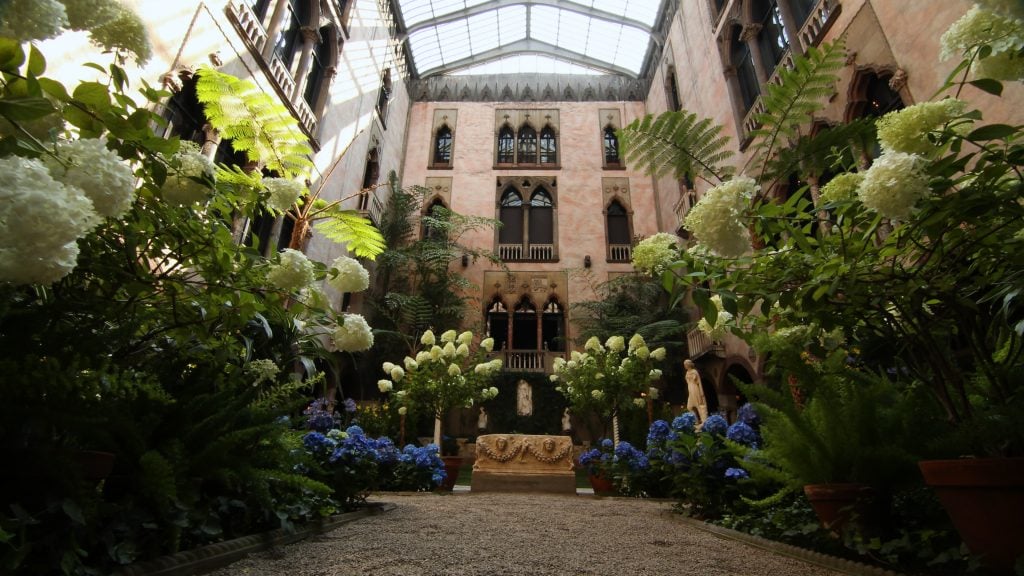
Boston’s Isabella Stewart Gardner Museum in This is a Robbery: The World’s Biggest Art Heist. Courtesy of Netflix ©2021.
Despite a hefty $10 million reward for information leading to the works’ return up for grabs, no one has come forward to claim it.
“I’m pretty sure those who have knowledge of the crime or some of the art are weighing the possibility of $10 million and, you know, 10 years in jail,” Barnicle said.
The filmmaker hopes that may change thanks to the publicity that comes with a high-profile Netflix series.
“Like the series, don’t like the series,” Barnicle said, “it’s the biggest wanted poster you could hope for for these pieces of art.”